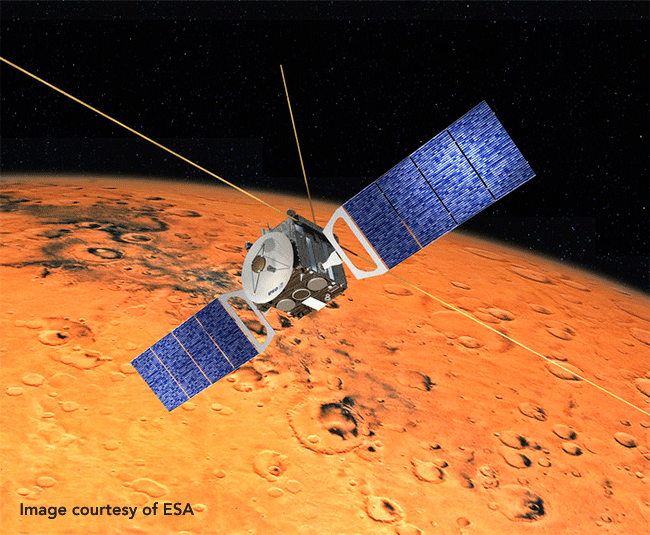The future of Mars exploration activities

Scientists and researchers have had Mars in their sights for years now. The first expeditions to the red planet began back in the sixties of last century and after six failed attempts it was not until November 1964 when a mission finally pulled off some successful results (Mariner 4). Thirty nine missions have followed in its wake since then, only 16 of them meeting the goals set beforehand.
2020 looks set to be a new milestone on the path to Mars. The steps now being taken, for sure, are increasingly firm and forthright; witness the conclusions drawn from the Future Mars Exploration Day, held on 5 July.
This event was put on by the European Space Agency’s HRE Directorate (Human Spaceflight and Robotic Exploration) in the European Space Research and Technology Centre (ESTEC) in the Netherlands.
The event kicked off with an overview of the European Exploration Envelope Programme, (E3P) before going on to a presentation of MSR‐related system studies and techno activities. MSR stands for Mars Sample Return.
The aim of this event was to explain the next steps in the Mars mission after ExoMars 2020. Attendee companies also had the chance of presenting their latest breakthroughs in this endeavor. GMV presented its main Mars-related activities of the last 10 years, concentrating on three areas: automatic docking and rendezvous in the framework of the Mars Sample Return mission; the technological developments for the Phobos Sample Return mission, especially in the area of autonomous camera navigation systems; and, finally, the company’s rover-based navigation activities.